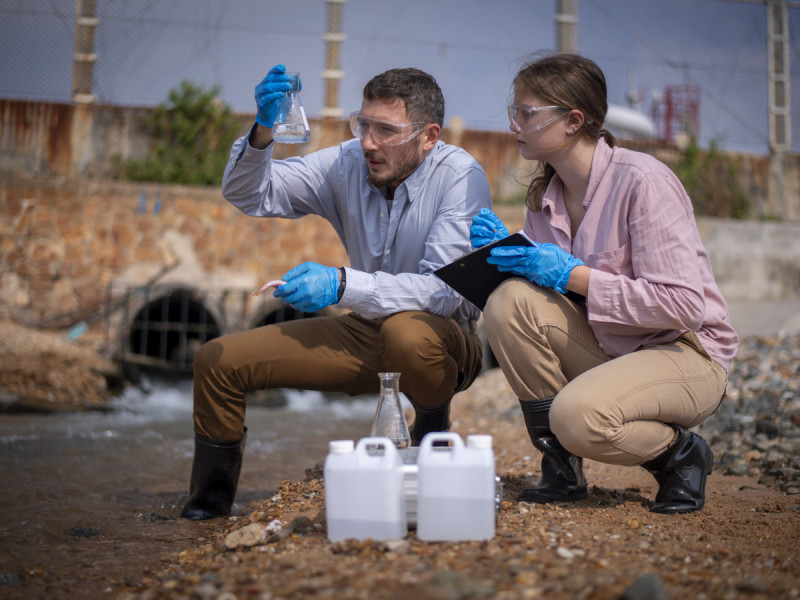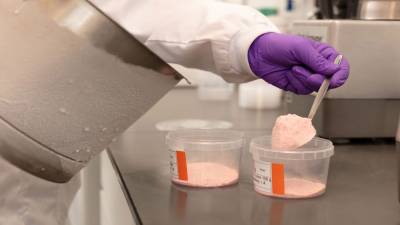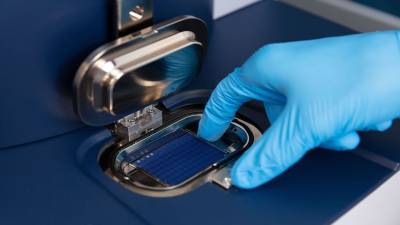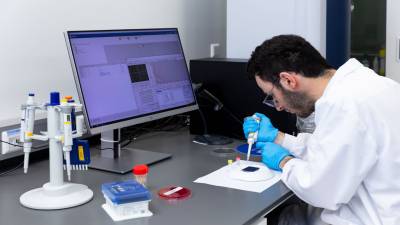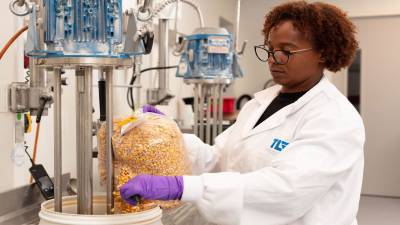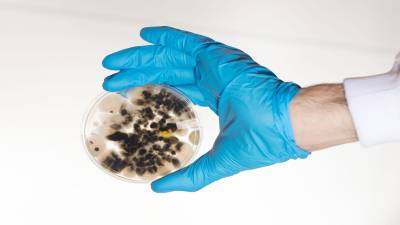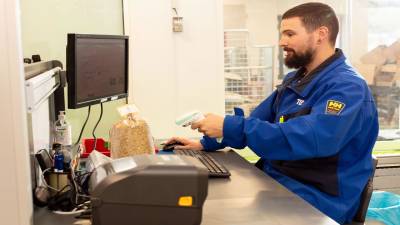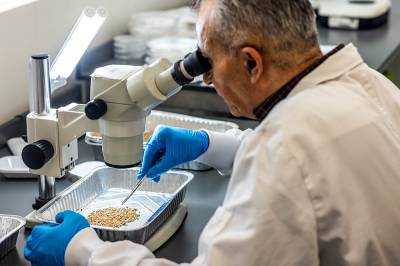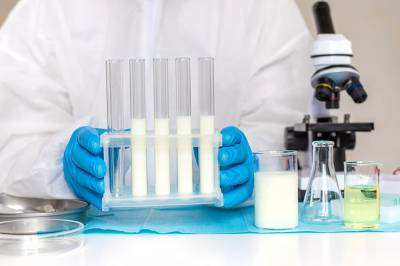PFAS: the invisible intruders in our food
PFAS - once praised for their water- and grease-repellent properties - are now found worldwide in our environment and food. This is the story of PFAS - per- and polyfluoroalkyl substances - a group of more than 4,000 man-made chemicals that do not occur naturally in the environment.
What are PFAS?
PFAS are chemical substances that have been used since the 1950s for their unique properties: they are water-, grease- and dirt-repellent and resistant to high temperatures. As a result, they have been applied in various products such as non-stick coatings in pans, water-repellent clothing, food packaging and fire-fighting foam.
How do PFAS enter the environment and our food?
During the production and use of PFAS-containing products, these substances can be released and enter the environment via air, water and soil. Once in the environment, PFAS are persistent; they hardly degrade and can accumulate in living organisms. Through this route, PFAS can ultimately end up in our food and drinking water.
Why is research into PFAS in food important?
Recent research by the RIVM shows that people in the Netherlands take in too much PFAS through food and drinking water. Foods such as fish, meat, eggs and dairy products can contain PFAS, especially if they come from areas with higher environmental contamination.
Long-term exposure to PFAS can have harmful health effects, including impacts on the immune system, liver and reproduction.
What is being done to monitor PFAS in food?
Since 2023, maximum levels have applied within the EU for certain PFAS in specific foods such as fish, meat and eggs. The Netherlands Food and Consumer Product Safety Authority (NVWA) monitors these standards through sampling and analysis. In addition, producers are required to monitor PFAS in their products and to include control measures in their food safety plans.
European legislation
- Regulation (EU) 2022/2388
This regulation amends Regulation (EC) No 1881/2006 and sets maximum levels for four specific PFAS: PFOS, PFOA, PFNA and PFHxS, as well as for the sum of these substances in certain foods such as eggs, fish, meat and shellfish. - Implementing Regulation (EU) 2022/1428
This regulation describes the methods for sampling and analysing PFAS in certain foods, with the aim of ensuring uniform control procedures within the EU.
- Recommendation (EU) 2022/1431
This recommendation encourages Member States to monitor the presence of a broader range of PFAS in food and sets guideline values above which further investigation into the source of contamination is recommended.
PFAS in food: risks, legislation and control
What are PFAS?
PFAS (per- and polyfluoroalkyl substances) are more than 4,000 man-made chemicals. They are water-, grease- and dirt-repellent and resistant to heat. Applications include:
- Non-stick coatings in cookware
- Water-repellent textile coatings
- Food packaging
- Fire-fighting foams
PFAS have been used since the 1950s and enter the environment via various routes. They hardly degrade there.
How do PFAS end up in food?
PFAS spread through:
- Production and waste streams
- Air, water and soil
- Accumulation in plants and animals
Through these routes, PFAS can be found in:
- Fish and shellfish
- Meat and eggs
- Milk and dairy products
This is a real risk, especially in regions with higher environmental contamination.
Health risks
According to the RIVM, many people in the Netherlands ingest more PFAS through food and drinking water than the health-based guidance values allow. Possible long-term effects include:
- Disruption of the immune system
- Liver and kidney damage
- Reproductive effects
European legislation
From 2023, limit values apply for four PFAS in food:
Regulation | Content |
EU 2022/2388 | Maximum level for PFOS, PFOA, PFNA, PFHxS and their sum in, among others, fish, eggs, meat |
EU 2022/1428 | Standardised methods for sampling and analysis |
EU 2022/1431 | Monitoring recommendation for a broader range of PFAS and guideline values for further investigation |
Responsibilities for producers
- Periodic analysis of end products
- Risk assessment in the food safety plan (HACCP)
- Origin investigation of raw materials
The NVWA monitors compliance through official sampling. TLR performs PFAS analyses in accordance with the established EU methods.
Case study: elevated PFAS in eggs
A free-range egg producer engaged TLR after being notified of elevated PFAS levels. Analysis showed an exceedance of the sum value (EU 2022/2388). Source tracing revealed that the feed had been produced with fishmeal from a high-risk area. The feed was adjusted and new batches were sampled preventively.
Result: product recovery, source reduction and strengthening of the food safety plan.
Conclusion
PFAS are persistent and end up in a wide range of foods. Through monitoring, laboratory analysis and legislation, producers can reduce exposure. TLR supports this approach with validated measurement methods and advice on source investigation.
Meld je aan voor de laatste tips en adviezen dat je gelijk in de praktijk kunt brengen.

